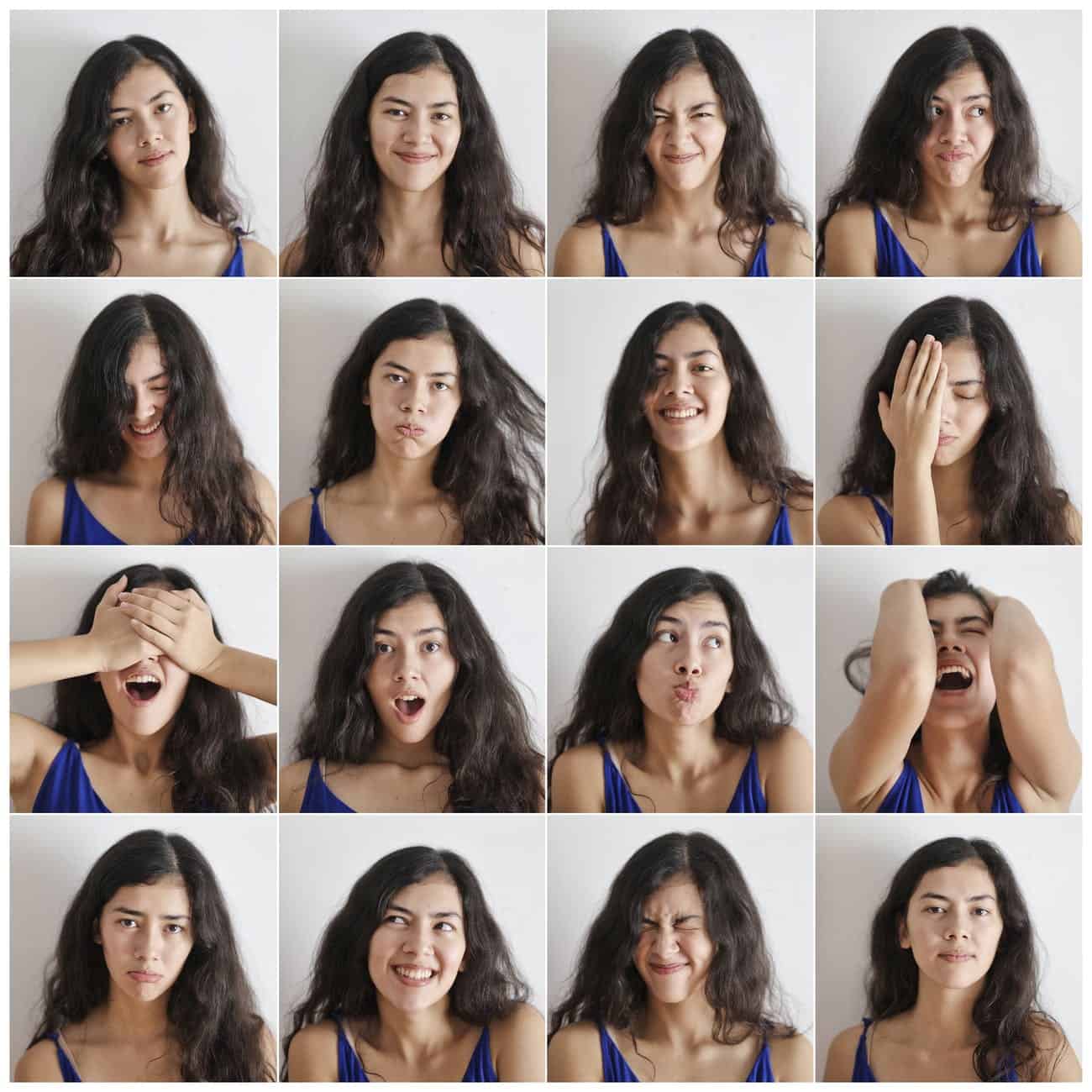Five Theories of Emotion

Articles Index:
Have you ever wondered how your physical reactions are related to your emotions?. Do you tremble because you are afraid? or you are afraid because you tremble?.
Researchers have developed several theories of how human emotions arise and how our physiological reactions are connected to emotions. Learn more about the 5 major theories of emotion that have been proposed by researchers, philosophers and psychologists.
Theory of Evolution
This theory was developed by Charles Darwin, an English Naturalist and author who established the theory of evolution.
One of his mayor works The Expression of the Emotions in Man and Animals focused on the evolution of human psychology and its continuity with the behavior of animals.
Darwin believed that facial expressions of emotion are innate and allow people to communicate with each other.
Every true or inherited movement of expression seems to have had some natural and independent origin. But when once acquired, such movements may be voluntarily and consciously employed as a means of communication” (The Expression of The Emotions in Man and Animals, Darwin, p 355).
He researched emotions to support his theory of evolution. For Charles Darwin emotions evolved and were adapted over time.
James-Lange Theory
This Theory was was developed by William James, a pioneering American psychologist and philosopher trained as a medical doctor; and Carl Lange who was was a physician who made contributions to the fields of neurology, psychiatry, and psychology.
The James-lange Theory states that an event produces a response, then there is an interpretation of this response. This interpretation makes a person feel an specific emotion.
For example:
1) You are walking down the street and you see a dog barking (EVENT)
2) You begin to tremble, your heart beats faster (RESPONSE)
3) You notice all this changes in your body and interpret them as a sign to get ready for a fearful situation (INTERPRETATION)
4) You experience de emotion: fear (EMOTION)
Cannon-Bard Theory
This theory was developed by Walter Cannon, a physiologist at Harvard University and Philip Bard a doctoral student of Cannon’s.
The Cannon-Bard Theory states that an event produces a response and an emotion at the same time.
For example:
1) You are walking down the street and you see a dog barking (EVENT)
2) You begin to tremble, your heart beats faster and experience fear (RESPONSE + EMOTION)
Schachter-Singer Theory
The theory was created by researchers Stanley Schachter , an American social psychologist, and Jerome E. Singer who was the founding chair of the Medical and Clinical Psychology Department at Uniformed Services University.
According to this theory, an event causes physiological response first, so you must then identify a reason for this response and then you are able to experience and label the emotion.
For example:
1) You are walking down the street and you see a dog barking (EVENT)
2) You begin to tremble, your heart beats faster (RESPONSE)
3) You realize that you are trembling and your heart beats faster because you are walking dwon a dark alley and you are alone (REASONING)
4) You experience de emotion of fear because you are in a dangerous situation (EMOTION)
Lazarus Theory
Lazarus Theory was created by the psychologist Richard Lazarus , was a psychologist , professor in the Department of Psychology at the University of California, Berkeley who was named by American Psychologist as one of the most influential psychologists in the field.
He showed that that people’s experience of emotion depends on the way they appraise or evaluate the events around them.
For example:
1) You are walking down the street and you see a dog barking (EVENT)
2) You think that the dog is dangerous (THOUGHT)
3) You begin to tremble, your heart beats faster and you feel fear (RESPONSE + EMOTION)






